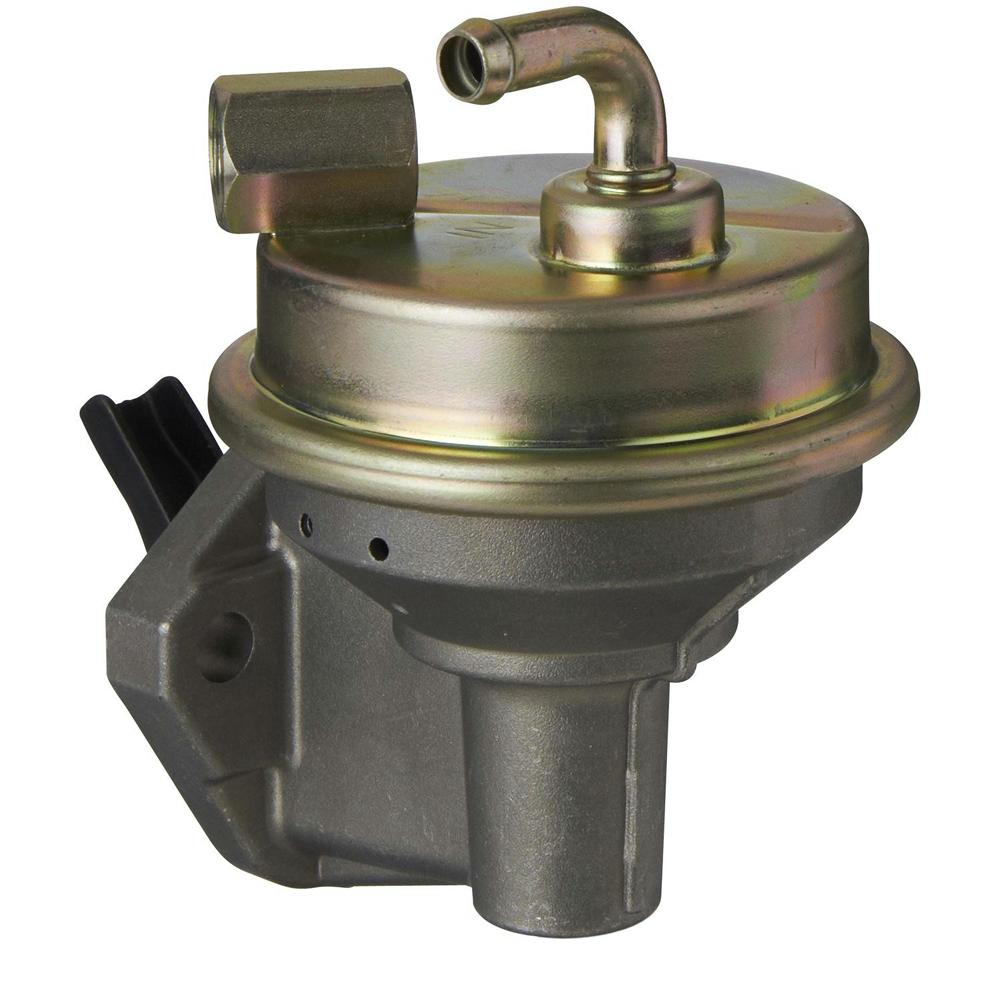

To steam, you can use microwaveable steam bags - such as the Quick Clean Micro-Steam Bags from Medela, the Easy Clean Microwave Steam Clean Bags from Ardo or others. Remove items with clean tongs and place on a clean, dry towel or drying rack. Bring the water to a boil and boil for 5 minutes. To boil, place the parts in a pot and cover with water. You can do this one of three ways: by boiling the parts, putting them in sterilizing bags in the microwave, or running your dishwasher on a sterilizing setting. They are too delicate.ĭo’s and Don’ts for Sterilizing Breast Pump PartsĪt the end of the day, it’s a good idea to take the extra time to sterilize your breast pump parts.

Afterwards, take the parts out and place them on a clean, dry towel or drying rack to air dry.Rinse in running water, or in a separate bowl of clean water.

If necessary, use a bottle brush to scrub small parts.Swoosh your parts around in the water for 5 minutes. Fill a large, clean bowl or wash basin (that is specifically used for breast pump parts), with warm soapy water.Here’s what to keep in mind if you are hand washing your parts. You can do this either by hand-washing the parts, or by putting them in the dishwasher, depending on the manufacturer’s recommendations. Here are a few do’s and don’ts for washing and sterilizing breast pump parts:ĭo’s and Don’ts for Hand-Washing Breast Pump PartsĪfter each pumping session, it’s important to wash all breast pump parts and bottles as soon as possible. It may be a bit expensive, but it will definitely save time! If you don’t have time to clean all of your parts after each use while you’re at work, one of the easiest solutions is to purchase multiple parts so you can just clean everything when you get home from work. Finally, they suggest that you sterilize all bottles and breast pump parts once a day. They now suggest that you wash your hands thoroughly (using soapy water for 20 seconds) before you begin any breast pumping session, and then wash any bottles and breast pump parts that come into contact with breast milk as soon as possible after each session. In May 2019, the CDC updated its recommendations about how often to clean your breast pump parts. And in the age of COVID-19, it’s more important than ever to clean all breast pump parts and accessories to avoid passing any germs on to your baby. Time.Īnd, unfortunately, even though it may seem like a pain to clean all of those parts after each session, it’s important to clean breast pumps properly, because if you don’t, you may expose your baby to dangerous germs, which can lead to serious (and even deadly) infections. If your baby is in the NICU or has any health issues, please follow your medical professionals’ advice! For example, some babies with recurring thrush may need pump parts sanitized with each use.Often the biggest headache for moms who are breast pumping, isn’t the pumping itself – it’s the hassle of having to clean all of the breast pump parts and accessories. * Please note that these tips are for moms of healthy babies. But, since pumping moms are often already short on time, here are some tips If you follow the directions that accompany your pump and its accessories, you are instructed to thoroughly wash all parts each time you pump. Yes! This one tip can save a pumping mom a lot of time and sanity! Can I really put my breast pump parts in the fridge?


 0 kommentar(er)
0 kommentar(er)
